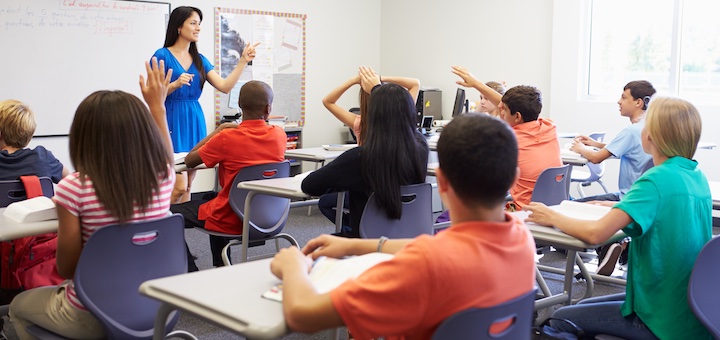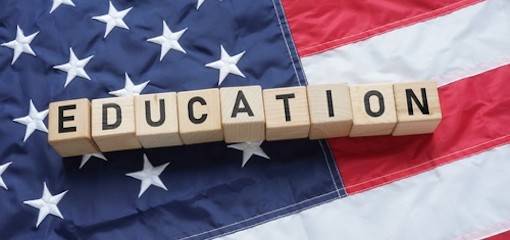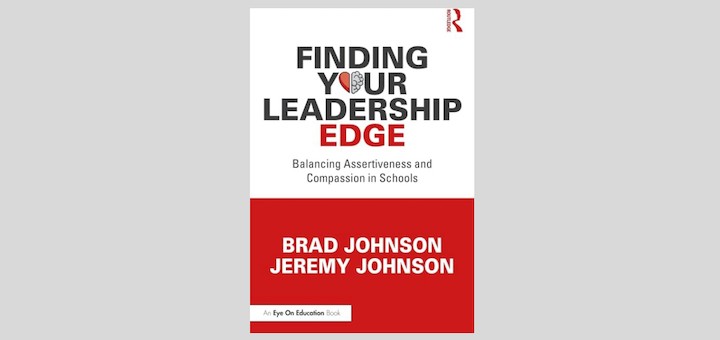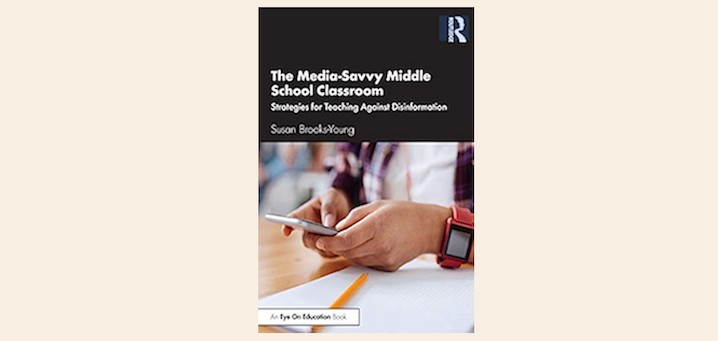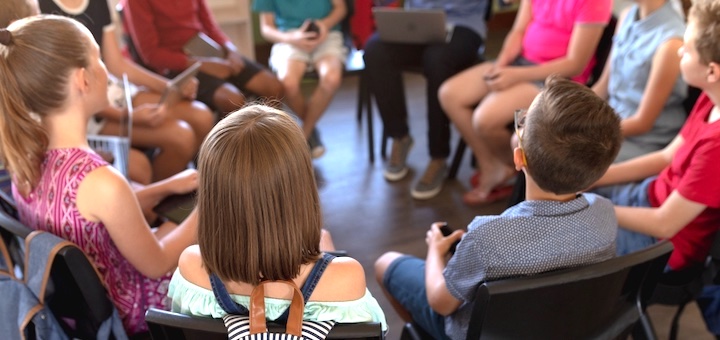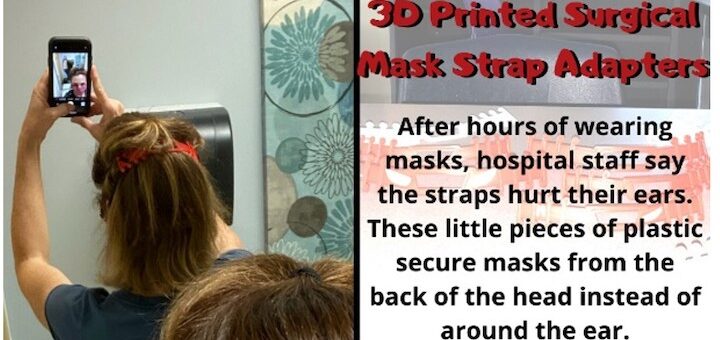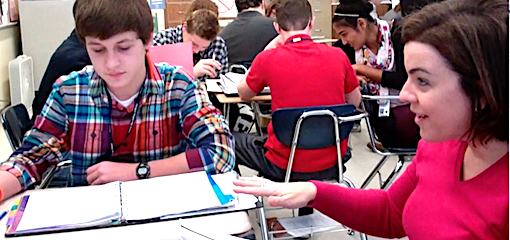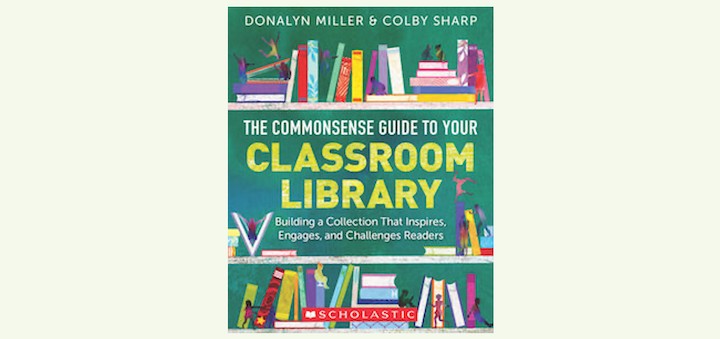These Everyday Habits Increase Teaching Impact
Building small but mighty habits that we commit to without having to overthink what we’re doing is a far more effective and lasting approach to not just getting each day done and dusted, but to also retaining feelings of accomplishment and productivity, writes Miriam Plotinsky.

